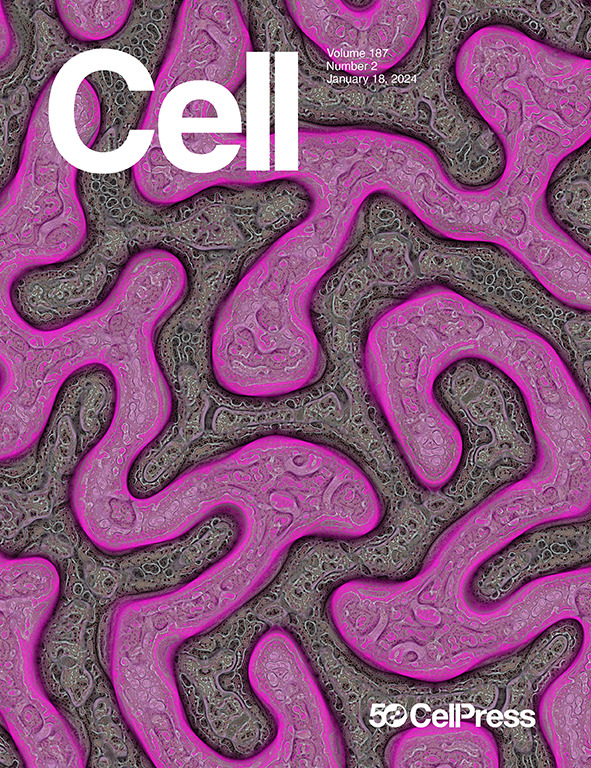The contribution of pelagic fungi to ocean biomass
IF 45.5
1区 生物学
Q1 BIOCHEMISTRY & MOLECULAR BIOLOGY
引用次数: 0
Abstract
Metagenomic analysis has recently unveiled the widespread presence of pelagic fungi in the global ocean, yet their quantitative contribution to carbon stocks remains elusive, hindering their incorporation into biogeochemical models. Here, we revealed the biomass of pelagic fungi in the open-ocean water column by combining ergosterol extraction, Calcofluor-White staining, catalyzed reporter deposition fluorescence in situ hybridization (CARD-FISH), and microfluidic mass sensor techniques. We compared fungal biomass with the biomass of other more studied microbial groups in the ocean such as archaea and bacteria. Globally, fungi contributed 0.32 Gt C (CI: 0.19–0.46), refining previous uncertainty estimates from two orders of magnitude to less than one. While fungal biomass was lower than that of bacteria, it exceeded that of the archaea (archaea:fungi:bacteria biomass ratio of 1:9:44). Collectively, our findings reveal the important contribution of fungi to open-ocean biomass and, consequently, the marine carbon cycle, emphasizing the need for their inclusion in biogeochemical models.

远洋真菌对海洋生物量的贡献
宏基因组分析最近揭示了全球海洋中上层真菌的广泛存在,但它们对碳储量的定量贡献仍然难以捉摸,阻碍了它们纳入生物地球化学模型。本研究采用麦角甾醇提取、Calcofluor-White染色、催化报告细胞沉积荧光原位杂交(CARD-FISH)和微流控质量传感器技术对远洋真菌的生物量进行了研究。我们将真菌生物量与海洋中其他研究较多的微生物群(如古生菌和细菌)的生物量进行了比较。在全球范围内,真菌贡献了0.32 Gt C (CI: 0.19-0.46),将之前的不确定性估计从两个数量级提高到不到一个数量级。真菌生物量低于细菌生物量,但高于古菌生物量(古菌:真菌:细菌生物量比为1:9:44)。总的来说,我们的发现揭示了真菌对开放海洋生物量的重要贡献,从而揭示了海洋碳循环,强调了将真菌纳入生物地球化学模型的必要性。
本文章由计算机程序翻译,如有差异,请以英文原文为准。
求助全文
约1分钟内获得全文
求助全文
来源期刊

Cell
生物-生化与分子生物学
CiteScore
110.00
自引率
0.80%
发文量
396
审稿时长
2 months
期刊介绍:
Cells is an international, peer-reviewed, open access journal that focuses on cell biology, molecular biology, and biophysics. It is affiliated with several societies, including the Spanish Society for Biochemistry and Molecular Biology (SEBBM), Nordic Autophagy Society (NAS), Spanish Society of Hematology and Hemotherapy (SEHH), and Society for Regenerative Medicine (Russian Federation) (RPO).
The journal publishes research findings of significant importance in various areas of experimental biology, such as cell biology, molecular biology, neuroscience, immunology, virology, microbiology, cancer, human genetics, systems biology, signaling, and disease mechanisms and therapeutics. The primary criterion for considering papers is whether the results contribute to significant conceptual advances or raise thought-provoking questions and hypotheses related to interesting and important biological inquiries.
In addition to primary research articles presented in four formats, Cells also features review and opinion articles in its "leading edge" section, discussing recent research advancements and topics of interest to its wide readership.
 求助内容:
求助内容: 应助结果提醒方式:
应助结果提醒方式:


